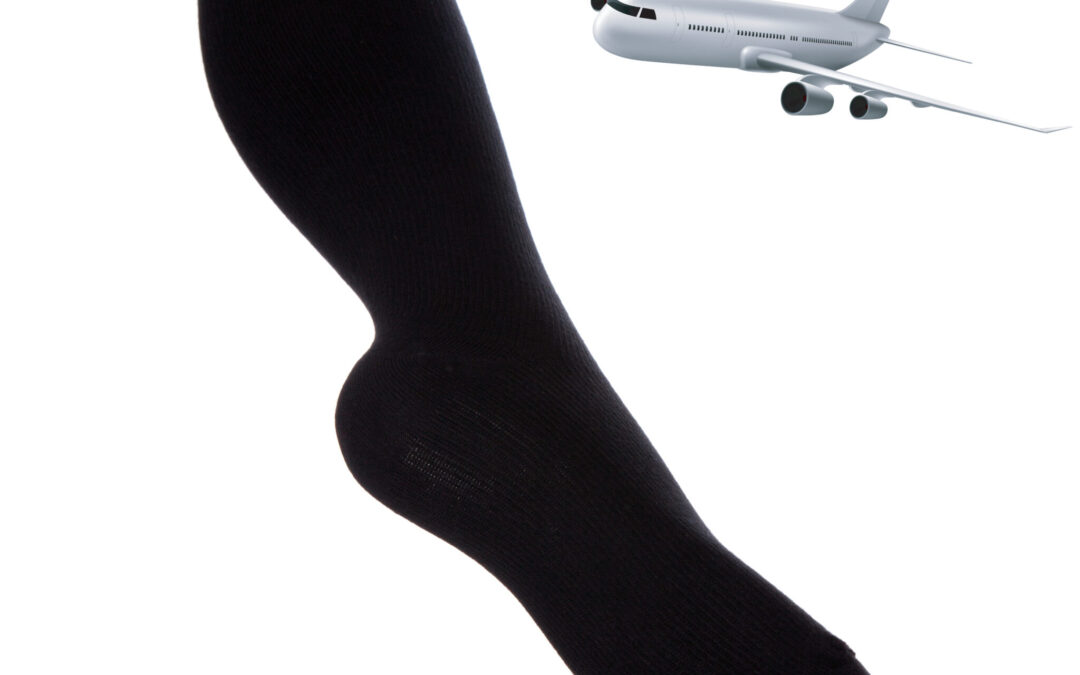Flight stockings
Flight stockings, also known as compression socks or flight socks, are specialized hosiery designed to promote blood circulation and reduce the risk of deep vein thrombosis (DVT) and other circulation issues during long periods of immobility, such as on long flights. Here are some key points about flight stockings:
Flight stockings
1. **Purpose**: They help prevent swelling, leg fatigue, and blood clots by applying graduated compression, which means they are tighter at the ankle and gradually loosen up the leg.
2. **Benefits**:
– Improve blood flow in the legs
– Reduce swelling and discomfort
– Lower the risk of DVT
– Alleviate symptoms of varicose veins
3. **Usage**:
– Wear them during long flights, car rides, or periods of prolonged sitting or standing.
– Put them on before getting up in the morning or before starting the journey and keep them on throughout.
4. **Types**:
– Knee-high: Most common type for flight stockings.
– Thigh-high: Provides more extensive coverage and support.
– Full-length: Covers the entire leg, often used for more severe circulatory issues.
5. **Choosing the Right Pair**:
– Compression level: Measured in mmHg (millimeters of mercury). Common levels for flight stockings range from 15-20 mmHg for mild compression to 20-30 mmHg for moderate compression.
– Size: Proper fit is crucial for effectiveness and comfort. Measure your calf and ankle circumference and sometimes your thigh, depending on the type.
6. **Materials**: Usually made from a blend of materials like nylon, spandex, and elastane to provide elasticity and durability. However NHS England advise cotton is best.
Flight stockings
Using flight stockings can significantly enhance comfort and health during long periods of immobility by ensuring proper blood circulation and reducing the risk of complications.
